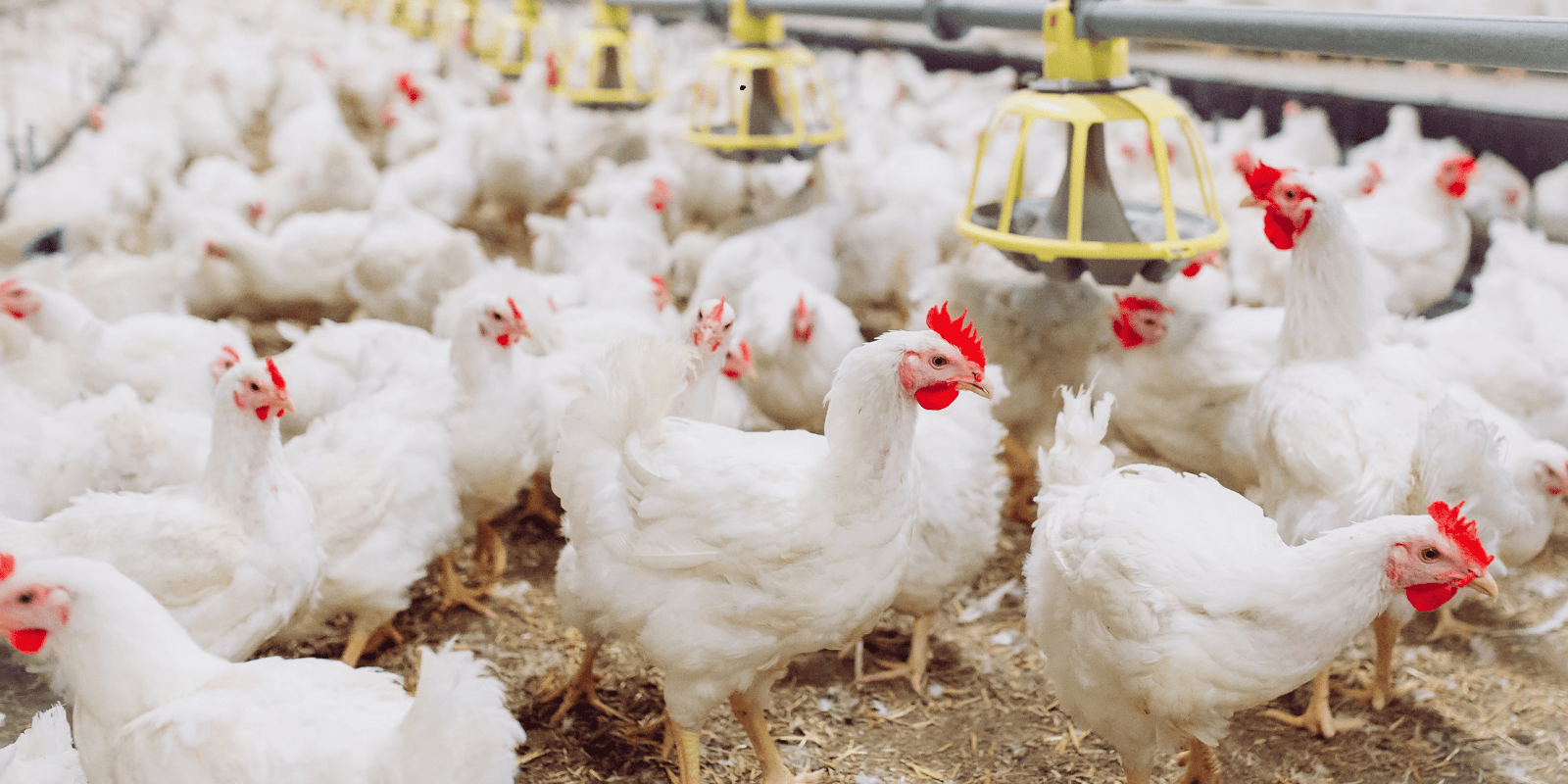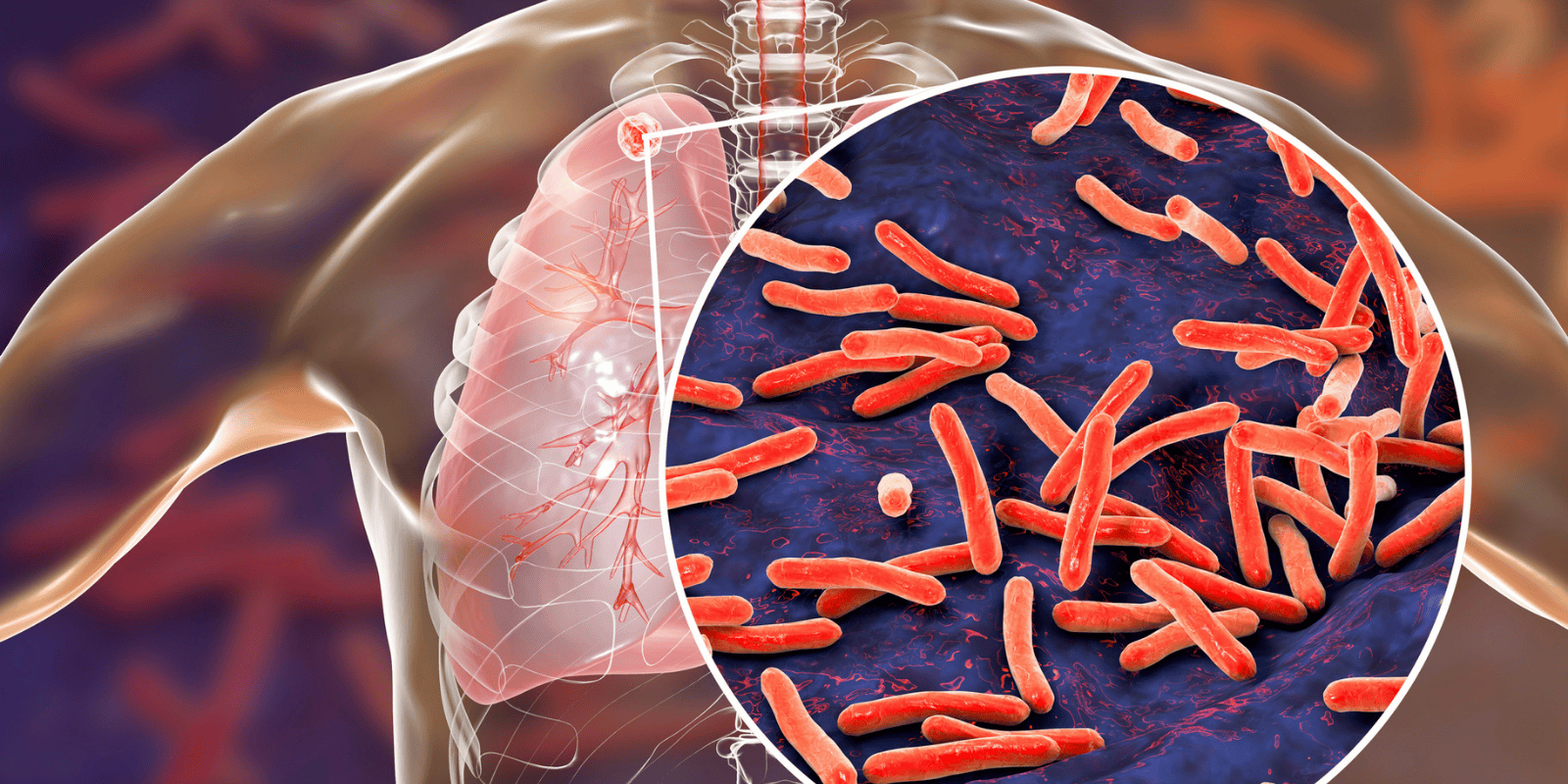
For almost a year now, bird flu has been making headlines as it affects wildlife, poultry, and even some people in the United States (US).
The current outbreak of H5N1 bird flu or avian influenza has been detected in cattle, wild birds, and poultry flocks across the US since April 2024. As of February 24, 2025, in the US there have been 70 confirmed human cases and one death. Yet, there has been no person to person spread.
While avian influenza refers to an infection caused by influenza viruses common among wild birds and poultry, it may also be found in mammals. Explaining why it has been affecting dairy cows in the US as well as dairy and poultry workers.
On January 13, 2025, officials confirmed another type of avian influenza, H5N9, in a commercial duck flock in California. According to the California Department of Food and Agriculture, this is not unexpected. Ducks are considered a reservoir (an animal in which the pathogen naturally survives and does not cause disease) for influenza viruses. Currently, H5N9 poses no additional risk to the public, but public health agencies are monitoring the situation.
Risks to the Public
Right now, the current risk of bird flu to the public is low. However, when major changes happen to the influenza virus, the newly created subtypes are often ones that have not been seen for a while. This means people may have little to no immunity to them. Dr. Todd Bell, Professor and Director of Graduate Education at Iowa State University, College of Veterinary Medicine, said: “The overall concern is that the virus could mutate and adapt to mammals if given repeated opportunities to infect new animals increasing the likelihood of person to person spread.”
Preventing bird flu in people
People can avoid direct contact with sick or dead birds and dairy cows to prevented the spread of bird flu. The H5N1 virus spreading through dairy cows in the US infects the mammary glands, which produce milk in cows. Pasteurization is the process that removes pathogens from milk making it safe to drink. Avoiding the consumption of unpasteurized or raw milk is important to prevent bird flu. Doctors should test people who have exposed to sick birds, especially if they have symptoms of bird flu, such as fever, cough, eye redness, and fatigue.
Another way to prevent bird flu outbreaks is for scientists across disciplines, including immunologists, to come together in a One Health approach. A One Health approach entails communication and coordination of prevention, detection, and mitigation strategies for pathogens between human health, veterinary health, and environmental health experts.
“The bird flu outbreak spans all three of these health areas, and working together across these fields is the best way to ensure a prompt and properly focused response,” shared Dr. Bell. This includes veterinary immunologists who can help control the outbreak in animals as well as immunologists who can research and develop human interventions such as new flu vaccines.
One Health
According to Dr. Bell, “avian influenza virus could be dubbed the poster child of why a One Health approach is important.” The current bird flu outbreak started because a wild bird spread the virus to livestock, and human cases have been a result of exposure to sick livestock and poultry. “Researchers need an integrated One Health approach to understand the current outbreak, how the virus moves between animals, people, and the environment, and how it changes and evolves over time. This coordinated knowledge will enable smart decision making and hopefully will lead to scientific discoveries that reduce the overall impact of avian influenza.”
Stay in the know by reading more science news from AAI.




